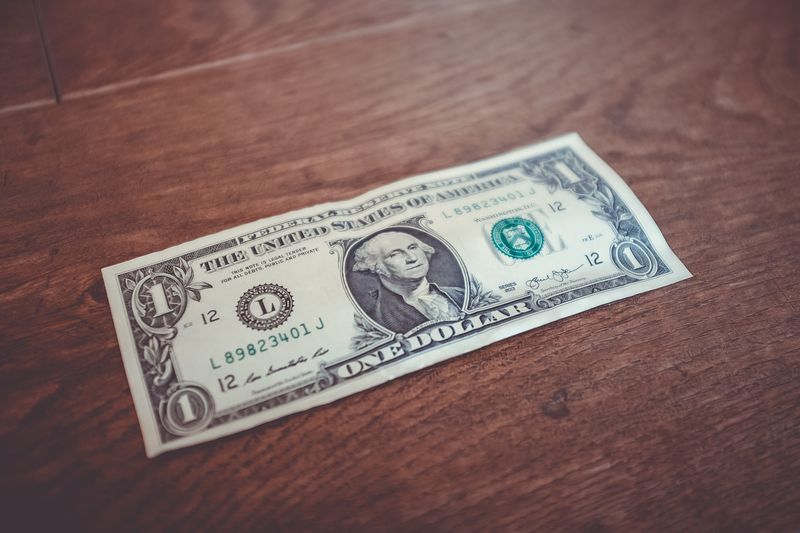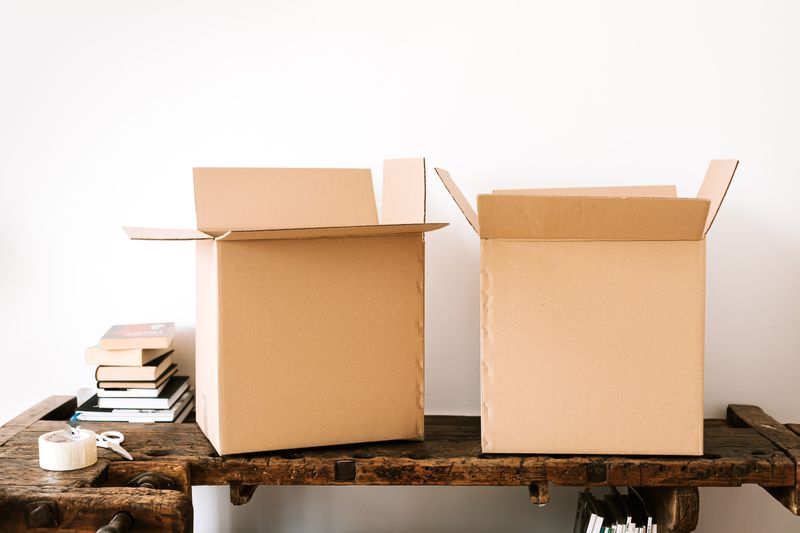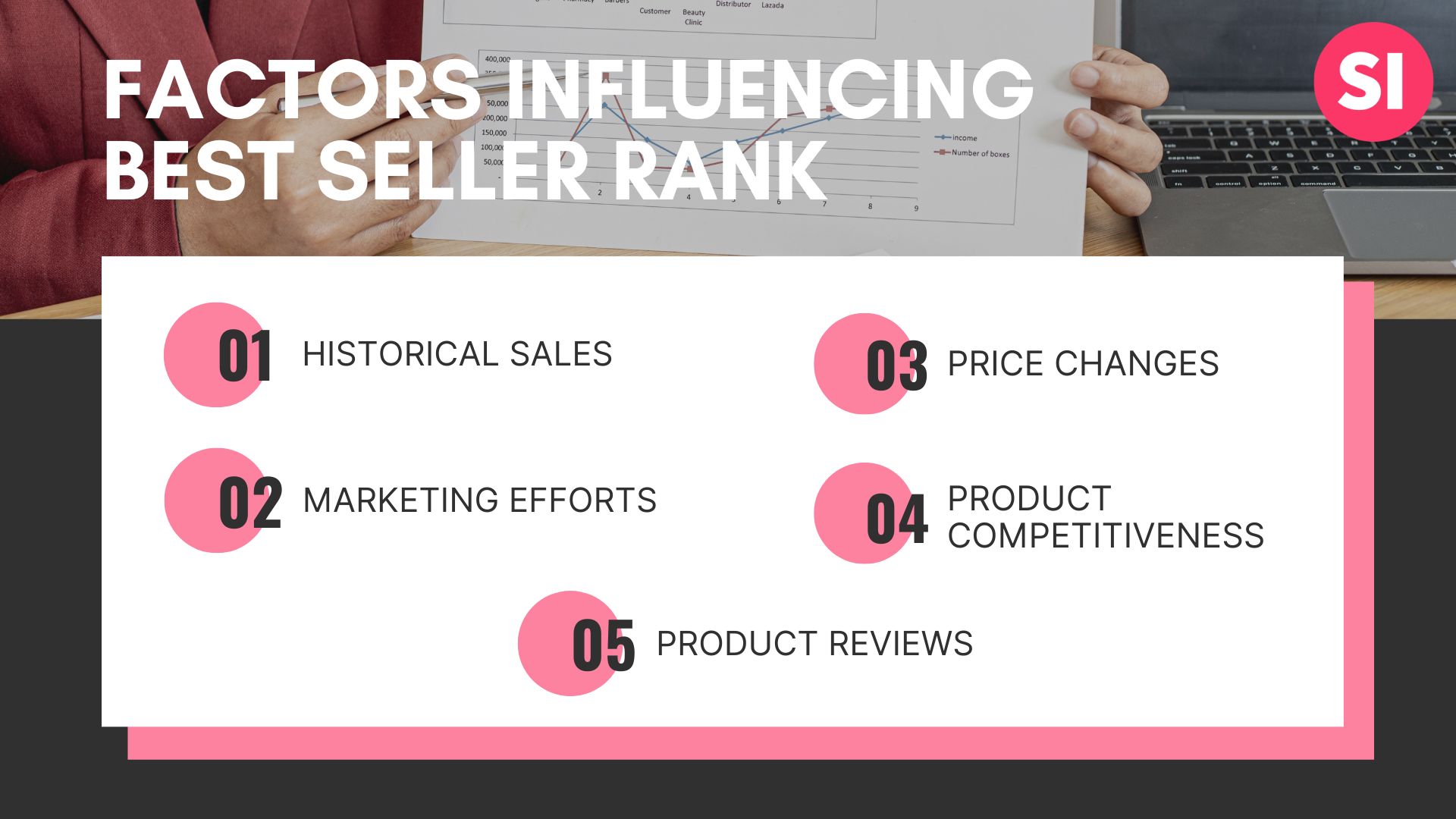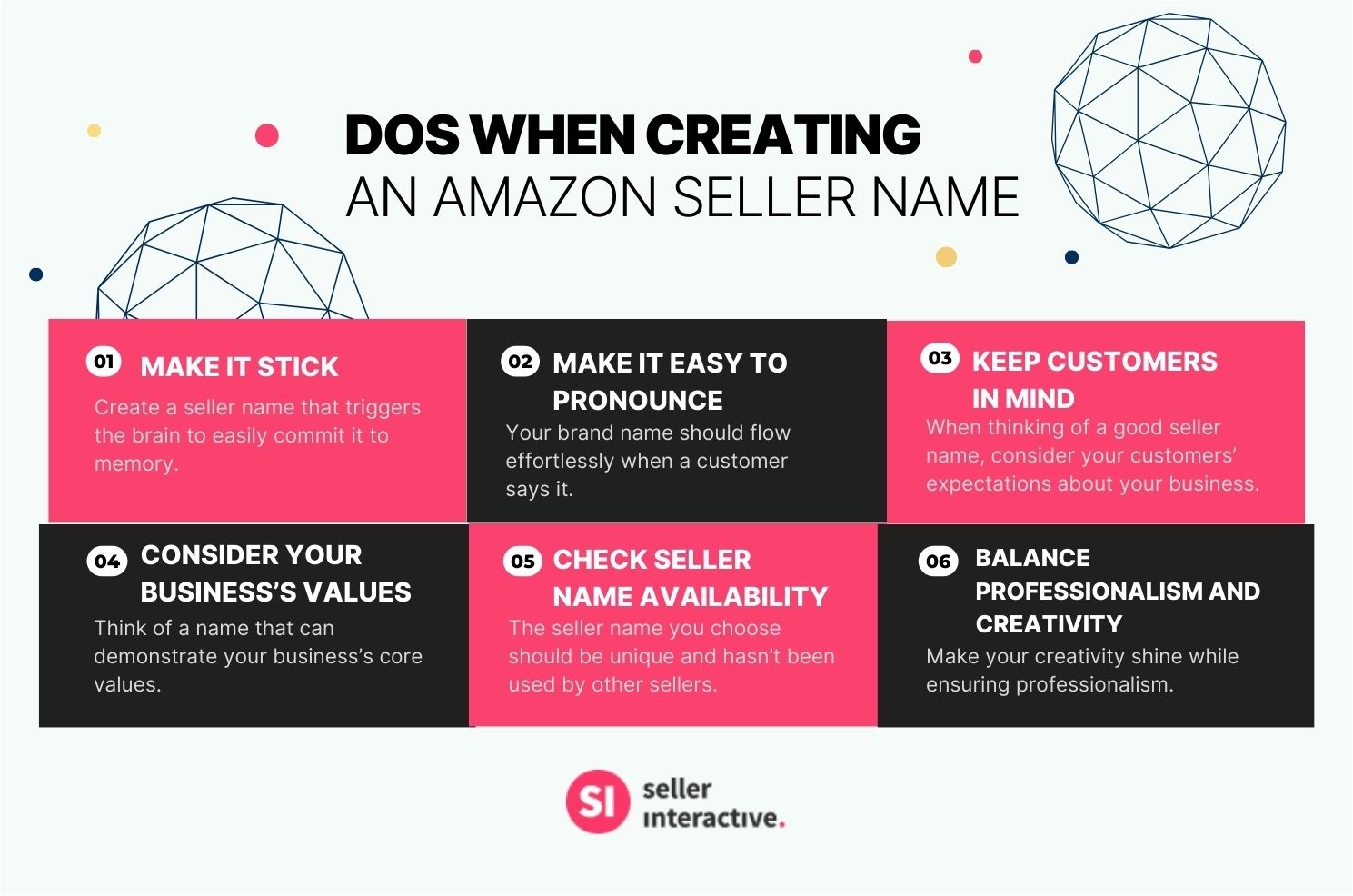Last updated on June 6th, 2023
 Written by Ken Zhou
Written by Ken Zhou
Buyer’s remorse, technical difficulties, and simple accidents are why returns happen in the retail industry. With the boom of online selling comes the rise in returns and refunds. But returns and refunds for eCommerce are different from that of brick-and-mortar stores. For one, online selling comes with added shipping costs.
Sometimes, the cost of return shipping far outweighs the sales loss. Nevertheless, Amazon still has its return, replacement, and refund choices available. If you are a new seller, contact customer service or consult an expert team to assist you with Amazon Refund and Reimbursement Policies.
This blog will also answer the big question, “Does Amazon refund shipping costs?” Let’s find out!
Will Amazon Refund Shipping Fees?
Who doesn't want free return shipping? Yes, Amazon will refund shipping costs, but these can depend on various conditions.
Fulfillment by Amazon
When you use Amazon's fulfillment service and Amazon fulfills an order, they generally take responsibility for the shipping and handling of the order. If there is an issue with the fulfillment process, such as a late delivery or damaged item, Amazon may offer a refund or compensation for the shipping fees as part of their customer service.
Self-Fulfilled Orders
For self-fulfilled orders, on the other hand, you are responsible for handling shipping and related fees. Amazon's policies for self-fulfilled orders may vary depending on the situation and any specific agreements between the seller and Amazon. In general, if a customer requests a refund for a self-fulfilled order, it typically includes the product cost, not always the shipping fees.
What Factors Affect Refund Shipping Costs?
A customer will ship the product to you or Amazon for a return, refund, or replacement unless you sign up for a returnless refund. You or Amazon will then ship a new item back for replacement requests. These steps incur additional costs, but to whose account will it be deducted? And if there are refunds, from which account will the refund be taken? Below are the factors that decide this:
Product Category
Product refund, replacement, and return conditions vary per item type. Fashion items bought from a US-based seller, for example, are qualified for Free Returns, wherein Amazon will charge you, the seller, for the return shipping. The cost of the prepaid return label will be charged to your seller account. The cost cannot be deducted from the total product refund.
Meanwhile, the shipping cost for baby items will not be refunded if a wrong item is delivered to the customer, and it is not Amazon's fault. Returning items is still accepted, but Amazon will not handle return shipping costs.
Location
Amazon's policies regarding shipping fee refunds can vary based on the country and region in which the customer is located, as well as the specific circumstances of the refund request.
For one, shipping costs vary based on the destination and shipping method chosen. When it comes to refunds, the amount refunded for shipping costs may be influenced by the original shipping rate for that specific location. For example, if a customer paid a higher shipping rate for rush delivery, the refund for shipping costs may be adjusted accordingly.
Different countries or regions may have different return shipping options available. Amazon may provide prepaid return labels or offer discounted shipping rates in some locations, making it easier and more cost-effective for customers to return items. The availability and terms of these options can vary based on the customer's location.
Customer Fault as Reason for Return
If a return claim is categorized as a ‘Customer-fault’ return, you can simply deduct the cost of the prepaid label from the total refund to be issued. Examples of customer-fault returns include “Accidental order,” “Better price available,” and “I don’t want it anymore.” To avoid fraud, sellers should check if the product is in the same condition as originally sent.
Amazon or Seller Fault as Reason for Return
If the item is being returned to sellers because of Amazon's or the seller's fault and not a purchase mistake, buyers are entitled to the Amazon A-to-Z Guarantee, which offers refunds equivalent to the product cost and original shipping cost. The customer will be refunded depending on their reason for return. This applies to items that are defective, broken, or sent incorrectly.
What are the Different Amazon Refunding Methods?
As per Amazon policies, you have two days after receipt of the item to issue the refund to your buyer. Failure to do so will result in Amazon automatically sending the refund on your behalf and charging your seller account.
These are the following refund options available:
- Standard Refund - Where you issue the total refund once you have received the item back
- Returnless Refund - Where you issue the refund without needing the item returned to you or Amazon
- Refund at First Scan - This is mandatory for FBA and seller-fulfilled orders in the prepaid label program. Refunds are automatically issued to the buyer once they have successfully dropped off the package at an Amazon fulfillment center.
There are also cases of partial refunds wherein the refund does not match the buyer's original item price. This happens if and when the buyer covers the restocking fees. Tax exemptions are also an example of a partial refund where only the tax issued is refunded to the buyer.
Each refund option will have its corresponding refund time. But in general, returns take around two weeks to process. Then, Amazon processes the refunds after receiving the item.
Depending on the financial institutions involved, the issued refunds can take as little as two hours for an Amazon gift card balance and up to 30 days for a pre-paid credit card to reflect on the buyer’s account.
Promotional Certificates, unfortunately, cannot be used to issue refunds (full or partial refund). A buyer can choose to be reimbursed thru the following:
- Instant Product Refund - refunds can be via Gift Card balance or Credit Card, but the buyer still needs to return your item
- Credit Card - takes three to five business days
- Amazon Gift Card - takes two to three hours
- Debit Card - takes up to 10 business days
- Checking Account - takes up to 10 business days
- SNAP EBT Card - takes up to 10 business days
- Gift Card Balance - takes two to three hours
- Shop With Reward Points - takes up to five business days
- Pay in Cash (at a participating location) - takes up to 10 business days
- Pre-paid Credit Card - takes up to 30 days, depending on the institution
What is the Amazon Refund Process?
No matter the reason for returns and refunds, Amazon strongly suggests the customer contact the sellers first before processing. Once you and your buyer have discussed the problem, only then are you advised to proceed. Remember to remind the customer to add a return label to their package if they wish for a replacement.
You have to check if the order is a Seller-Fulfilled Amazon Prime order. Amazon Customer Service handles all post-order transactions that fall under Seller-Fulfilled Prime, including customer returns. This is similar to the FBA users.
To process returns and refunds for your buyer, log on to your seller account and follow these steps:
- Go to Seller Central.
- Go to the Manage Returns/Manage Transactions page.
- Review all Return Requests.
- Choose whether to authorize or decline the requests.
- Wait for the returned items.
- Process a full refund or a partial refund after receipt of the item.
If a customer uses Amazon Pay, you can give their money back using Refund API.
- Sign in to Seller Central.
- Go to Orders, and then Manage Transactions.
- On the Manage Transactions page, locate the order requested for a refund.
- In the Action column, choose Refund from the options list (Amazon Reference ID > Details page > Refund)
- Enter the money amount in the Refund Payment dialog box. (This message will be in the refund email sent to the customer.) You’re free to add optional text to the Notes field.
- Click Review.
- A pop-up box will open, asking to confirm the refund.
- A final dialog box will open, confirming the amount. Click Submit.
Note: Double-check your return shipping address to avoid problems with receiving the returns. You may also opt for the Returnless Refund program.
You can request refunds as well, although the term used is reimbursements when it’s due to Amazon errors like lost item, wrong item, incorrect charges to your account, etc. You would have to file claims and process your request for reimbursements. It’s highly recommended that Amazon Account managers assist you with this.
Return Shipping Costs Assistance from Seller Interactive
In conclusion, Amazon does refund shipping costs under certain conditions. For those using Fulfillment by Amazon (FBA), Amazon covers the cost of return shipping. However, third-party sellers who process their orders themselves must shoulder the cost of shipping for returns and refunds.
Additionally, there are various considerations to keep in mind when it comes to refunding shipping costs, including product category, location, and reason for return. As a seller, it is essential to communicate the return and refund process clearly to customers to avoid confusion.
Amazon offers various refund methods, and refunds typically take around two weeks to process. It is also possible to request reimbursements with the help of an Amazon account manager in case of Amazon errors. Indeed, Amazon account managers are necessary to navigate the different policies and conditions of Amazon.
Book a call with us at [email protected] and save yourself the headache of figuring all this out on your own.
![]() 中文 (中国)
中文 (中国)
 Written by
Written by 



